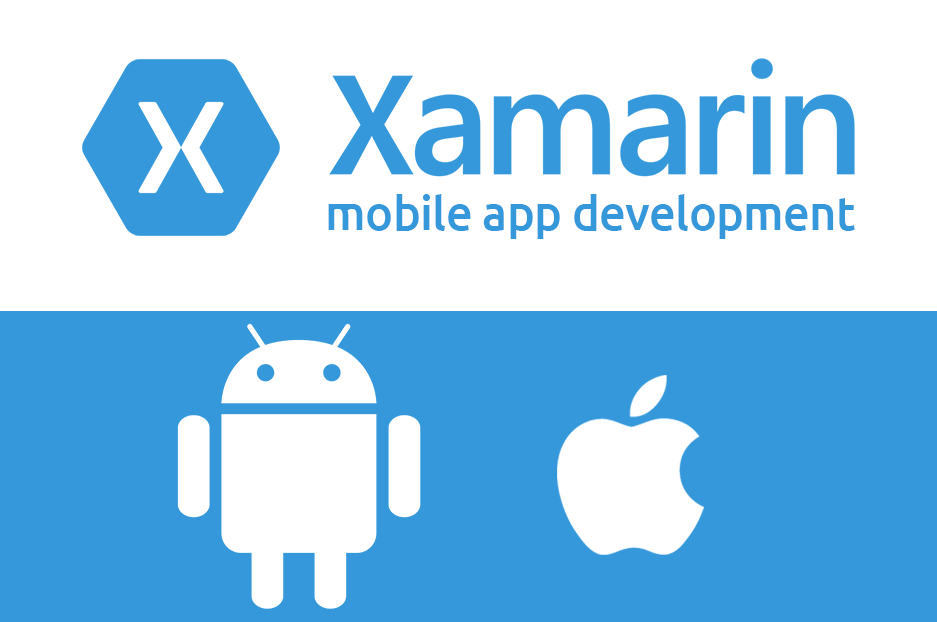
Free eBooks for Beginners
Xamarin is a framework that allows developers to create mobile apps for multiple platforms (such as Android and iOS) using a single codebase. One of the features of Xamarin is the ability to access native features of the device, such as the camera or GPS, using something called DependencyService.
DependencyService is a way for your Xamarin app to access platform-specific functionality that is not available in the shared code. This is done by creating an interface in your shared code, and then implementing that interface in each platform-specific project.
For example, let’s say you want to take a photo in your app. In the shared code, you would create an interface called ICamera, with a method called TakePhoto. Then, in the Android project, you would create a class called Camera_Android that implements the ICamera interface, and uses the Android camera API to take a photo. In the iOS project, you would create a class called Camera_iOS that implements the ICamera interface, and uses the iOS camera API to take a photo.
When your app needs to take a photo, it calls the TakePhoto method on the ICamera interface. The DependencyService then figures out which implementation of the ICamera interface to use, based on the platform the app is running on. This allows your app to use the appropriate camera API for the platform, without having to worry about the differences between the Android and iOS camera APIs.
DependencyService is a powerful feature of Xamarin that allows you to access native functionality in a simple and consistent way across multiple platforms. It can be used for a variety of tasks, such as accessing the device’s camera, GPS, or storage, or interacting with platform-specific libraries or frameworks.
It is important to note that, DependencyService is not a replacement for the platform-specific APIs themselves, but rather an abstraction layer that makes it easy to use them in a cross-platform way. You will still need to be familiar with the underlying APIs in order to use DependencyService effectively.
In summary, Xamarin Dependency Service allows developers to access native features of the device, such as the camera or GPS, by creating an interface in shared code and then implementing that interface in each platform-specific project. This allows your app to use the appropriate native feature based on the platform it is running on, making it an efficient way for developers to make cross-platform apps.
Cookbook – Xamarin for Beginners – Chapter 11
 Loading...
Loading...
Disclaimer: The information and code presented within this recipe/tutorial is only for educational and coaching purposes for beginners and developers. Anyone can practice and apply the recipe/tutorial presented here, but the reader is taking full responsibility for his/her actions. The author (content curator) of this recipe (code / program) has made every effort to ensure the accuracy of the information was correct at time of publication. The author (content curator) does not assume and hereby disclaims any liability to any party for any loss, damage, or disruption caused by errors or omissions, whether such errors or omissions result from accident, negligence, or any other cause. The information presented here could also be found in public knowledge domains.